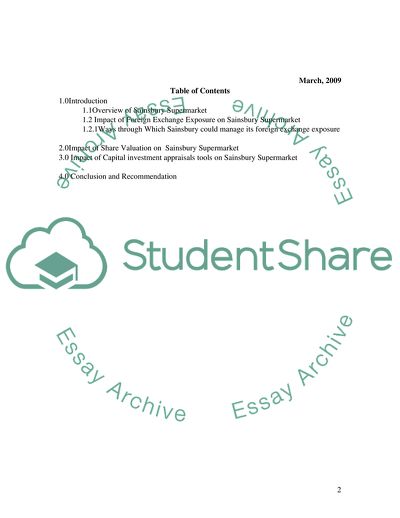Cite this document
(Financial planning and decision making ( personal development Coursework, n.d.)
Financial planning and decision making ( personal development Coursework. https://studentshare.org/macro-microeconomics/1721865-financial-planning-and-decision-making-personal-development-reflective-essay-20082009
Financial planning and decision making ( personal development Coursework. https://studentshare.org/macro-microeconomics/1721865-financial-planning-and-decision-making-personal-development-reflective-essay-20082009
(Financial Planning and Decision Making ( Personal Development Coursework)
Financial Planning and Decision Making ( Personal Development Coursework. https://studentshare.org/macro-microeconomics/1721865-financial-planning-and-decision-making-personal-development-reflective-essay-20082009.
Financial Planning and Decision Making ( Personal Development Coursework. https://studentshare.org/macro-microeconomics/1721865-financial-planning-and-decision-making-personal-development-reflective-essay-20082009.
“Financial Planning and Decision Making ( Personal Development Coursework”. https://studentshare.org/macro-microeconomics/1721865-financial-planning-and-decision-making-personal-development-reflective-essay-20082009.


